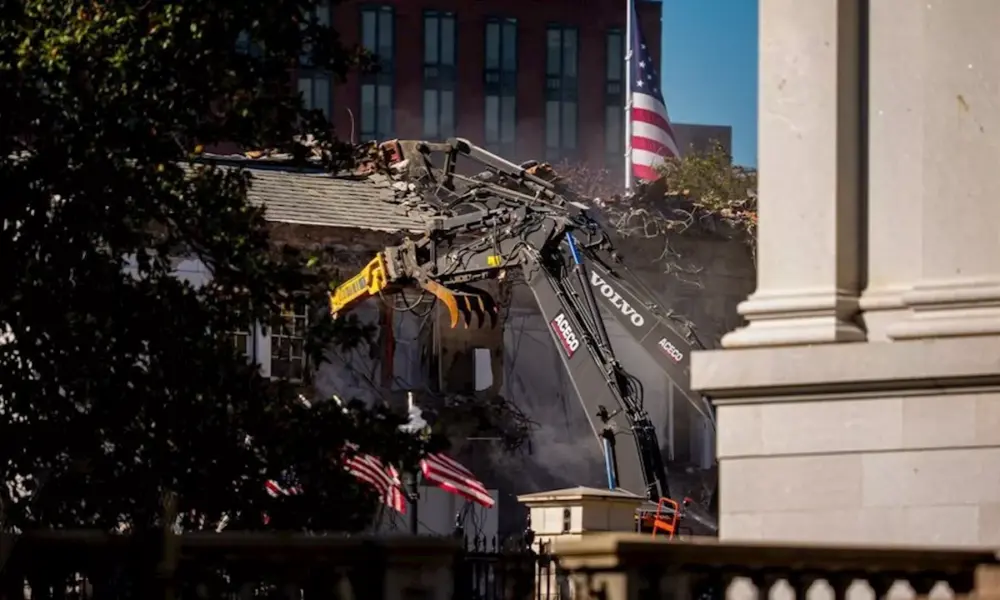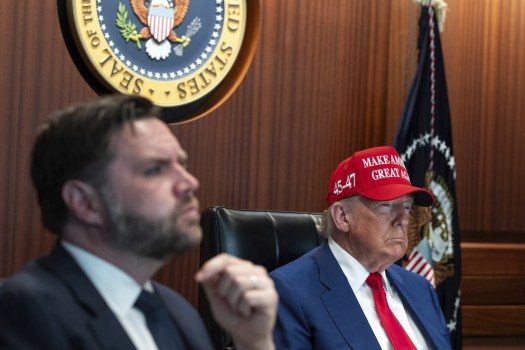UPDATE: President Donald Trump has confirmed that multiple major companies are stepping up to fund the construction of a new ballroom at the White House, with the total project cost exceeding $250 million. This announcement was made by the administration earlier today, igniting a wave of reactions from both supporters and critics.
Among the high-profile donors are tech giants such as Apple, Amazon, Google, Meta, Microsoft, and Comcast Corporation. Additionally, tobacco companies including Reynolds American and Altria Group are contributing to the funding. The ballroom, which will cover an impressive 90,000 square feet, is set to become a significant addition to the White House, but not without controversy.
Criticism has emerged from various political figures, including former Secretary of State Hillary Clinton, who took to social media platform X to express her discontent, stating, “It’s not his house. It’s your house. And he’s destroying it.” The project’s impact on the historic integrity of the White House is raising alarms among Democrats, who are questioning the lack of public disclosure regarding funding sources and construction plans.
White House Press Secretary Karoline Leavitt defended the initiative, asserting, “This is going to be a magnificent addition to the White House for many years to come, and it’s not costing the taxpayers anything.” Construction efforts are already underway, with heavy machinery spotted dismantling parts of the East Wing.
In addition to corporate sponsorships, significant individual contributions have come from billionaires such as Edward Glazer, owner of the British soccer team Manchester United, and Stephen Schwarzman, CEO of Blackstone. Their involvement highlights the intersection of wealth, influence, and politics in this high-stakes project.
The ballroom’s construction is not just a matter of aesthetics; it reflects broader trends in political fundraising and private sector involvement in public projects. The implications of this funding model are likely to be debated extensively in the coming weeks as more details emerge.
As the project progresses, observers will be watching closely for additional disclosures and potential changes in public sentiment regarding the White House’s evolving landscape. For now, reactions are mixed, with many eager to see how this new ballroom will fit into the storied history of the nation’s executive mansion.
Stay tuned for further updates on this developing story as more information becomes available.






